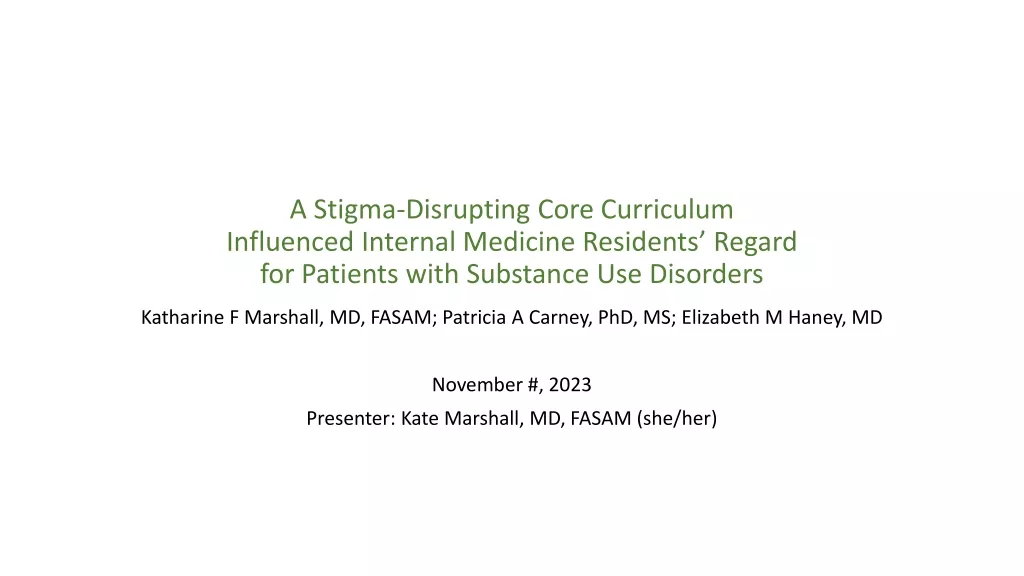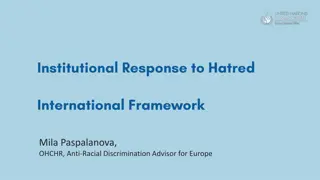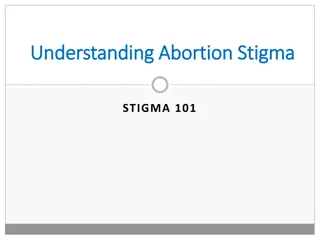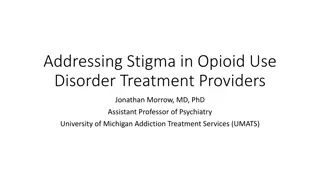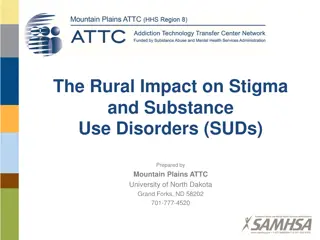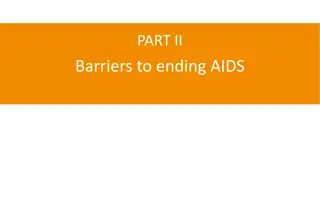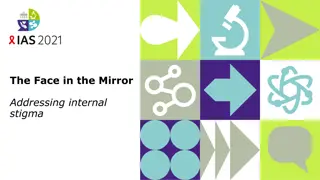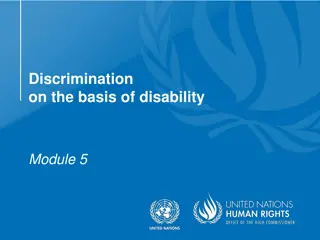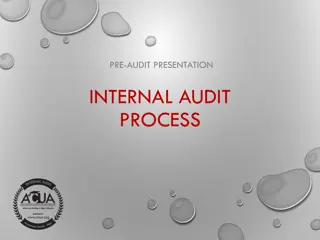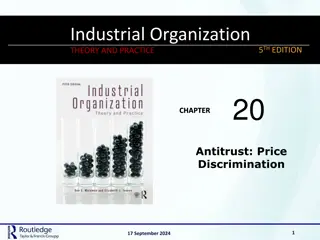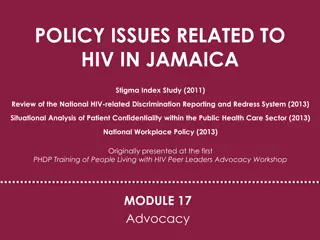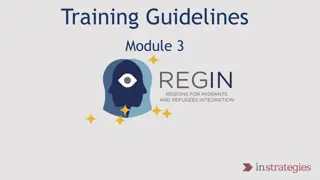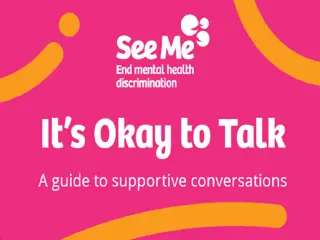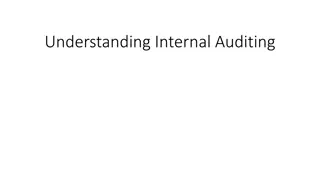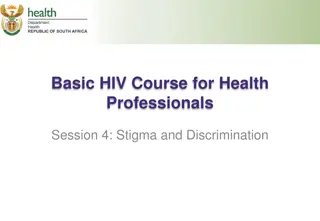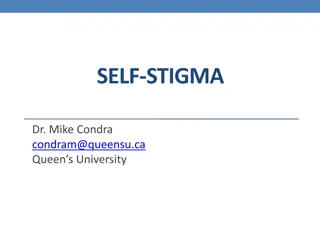Understanding Stigma, Discrimination, and Internal Stigma
Stigma is the devaluation of individuals based on specific attributes such as race, HIV status, or gender, leading to discrimination and internalized feelings of shame and worthlessness. HIV-related stigma, discrimination, and internal stigma can have detrimental effects on individuals and communities. Addressing these issues is crucial for promoting inclusivity and combating prejudice in society.
Download Presentation

Please find below an Image/Link to download the presentation.
The content on the website is provided AS IS for your information and personal use only. It may not be sold, licensed, or shared on other websites without obtaining consent from the author. Download presentation by click this link. If you encounter any issues during the download, it is possible that the publisher has removed the file from their server.
E N D
Presentation Transcript
BREAKING THE CYCLE: STIGMA, DISCRIMINATION, AND INTERNAL STIGMA MODULE 9 Stigma and Discrimination
Conceptual Framework STIGMA INTERNAL STIGMA DISCRIMINATION
What is stigma? Stigma is the process of devaluing people and viewing them negatively on the basis of a particular attribute. For example: Their race, complexion, social class HIV status, gender, sexuality
What is HIV-related stigma? HIV-related stigma refers to prejudicial thoughts towards people living with HIV, affected groups, and persons and communities with whom they are associated.
What is discrimination (enacted stigma)? Discrimination is any form of arbitrary distinction, exclusion, or restriction based on stigmatised attribute. Any action that perpetuates an unjust action or inaction against individuals who belong, or are perceived to belong, to a stigmatised group.
What is internal stigma? In reaction to stigma from society, individuals and groups may internalise, and often accept, feelings of shame, blame, and worthlessness. Internal stigma may include withdrawing or excluding oneself from social interaction with others out of fear of other s actions, including avoiding health services and/or intimacy.
Self-perception (shame, guilt, fear) INTERNAL STIGMA Internalising of Context Internalising of experiences of stigma and discrimination Acceptance of inferiority or denigration (disapproval) Loss of control (physical and socio-economic) Protective Action (avoidance, isolation, not always telling the truth)
Stigma layers onto existing inequalities in different realities Sexual Relations Gay plague Prostitute propagation Racial Relations Western disease African origins Economic Relations Disease of the rich northerners Disease of the southern poor Gender Relations Women s disease Caused by men
How can we overcome stigma and discrimination? Reduce stigma and its root causes (underlying prejudices) in communities and institutions. Work to decrease and eliminate discrimination and promote and protect human rights. Find allies and work together to decrease stigma and discrimination.
How can we overcome stigma and discrimination? 2 Increase understanding of internal or self- stigma and provide opportunities to build self-acceptance: Increase self-sufficiency and internal power Provide positive role models Build social capital (connecting with others and working together toward common goals)
I am like any other person. Being seropositive does not stop or limit me, but on the contrary, it motivates me. Juan, diagnosed with HIV in 1997
QUESTION: What have you learned from personal experiences of confronting stigma?



